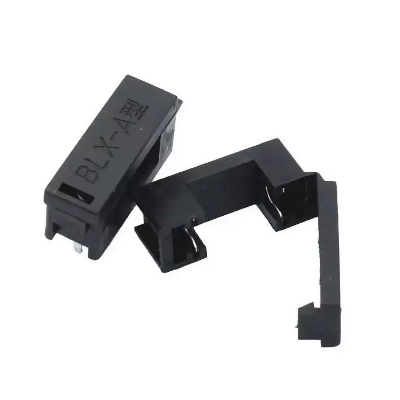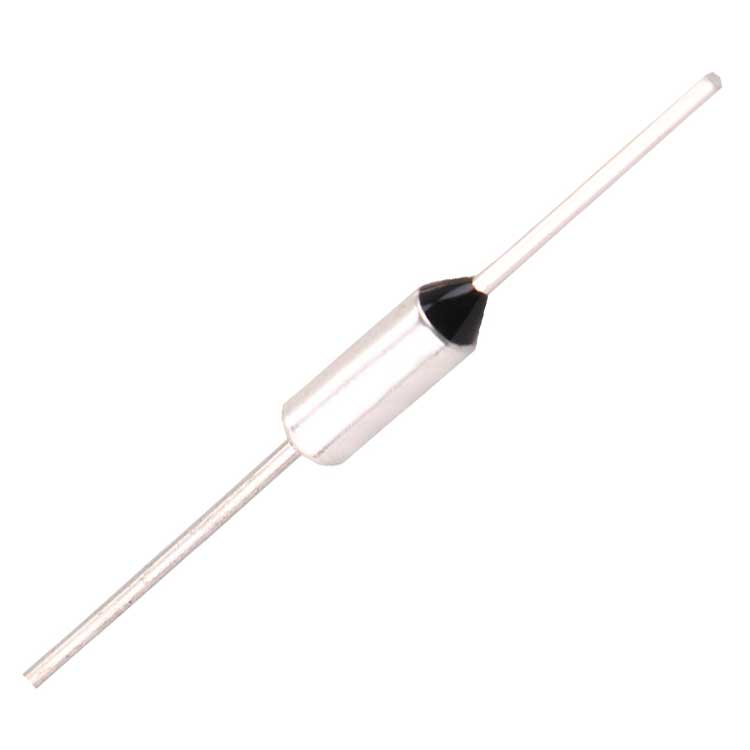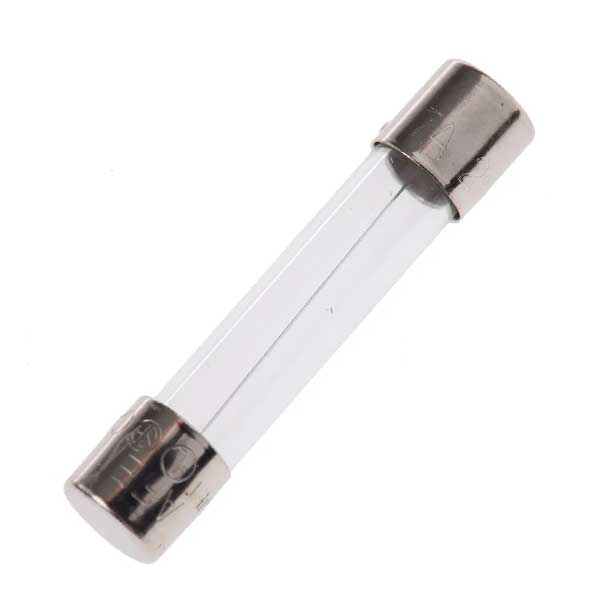5151+ reviews
Order by 16:00 for same day shipping
14 days return
EN
Individual
Business
Filters
Price
to
Fuses
Fuses are essential in any electrical system. They prevent damage in the event of an overload or short circuit. This extends the life of your devices and ensures safety. Whether you are building a hobby project or repairing a device, a good fuse prevents other components from burning out.
17 products found
Sort by:
How does a fuse work and why is it important?
A fuse is simple, but effective. It contains a thin wire that melts when the current is too high. This breaks the circuit. This prevents damage to other components in the circuit.
The fuse sacrifices itself to protect the rest of the installation. This makes it suitable for all kinds of applications, from small circuits to household appliances. Although modern systems sometimes use electronic protection, the fuse remains popular. They are cheap, reliable and simple.
There are two main types: one-time fuses and reusable types. Here we focus on glass fuses and thermal fuses. Each type has its own applications and advantages.
Glass fuses and thermal fuses
Glass fuses are the best known. They consist of a glass tube with a wire between two metal caps. You often find them in electronics, power supplies and amplifiers. The glass makes visual inspection easy. They come in fast and slow versions. Fast fuses react directly to peak currents. Slow fuses tolerate short-term peaks, such as in motors.
Thermal fuses do not respond to current, but to temperature. They are found in devices that become hot, such as coffee makers or hair dryers. If the temperature is too high, the internal material melts. This permanently interrupts the current. They are not reusable, but essential for protection against overheating.
How do you choose the right fuse?
Pay attention to the current value (in amperes). Choose a value slightly above the consumption of your device. Too low means that it will trip too often. Too high gives too little protection. The voltage value must be at least equal to the system voltage.
Also choose between a fast or slow fuse, depending on the use. For thermal fuses, the tripping temperature is important. Finally, the dimensions and connections must be correct.











